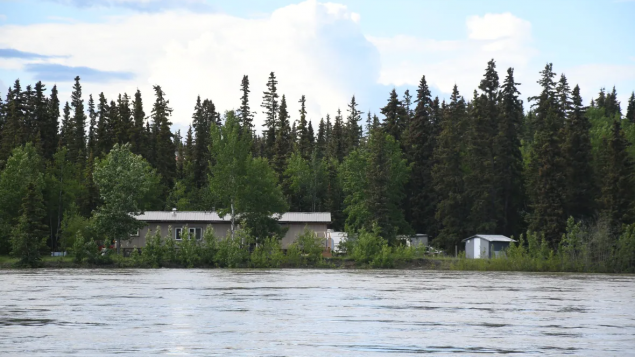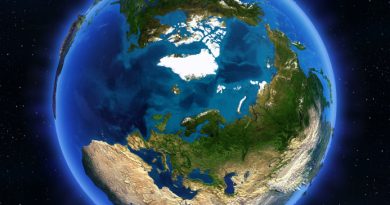Yukon can expect more rain and snow as climate changes, gov’t report says

· CBC News
Report highlights changes expected over the next 50 years
Yukoners can expect to see a significant increase in precipitation in the next 50 years, according to the territory’s latest environmental report.
The 2022 state of the environment interim report, published on Monday by the Yukon government, estimates annual precipitation could rise by almost 17 per cent before 2072.
The data reflects a similar trend on annual temperatures, which have increased by 2.2 C over the last 50 years — with winter temperatures increasing by almost 5 C.
“Our environment is changing due to climate change impacts and a growing population,” Yukon Environment Minister Nils Clarke said in a press release on Monday.
“We must continue to monitor the state of our environment across our land, air and water so we can plan, adapt and take action.”
The report reveals a drastic change in water levels across the territory, with extreme high and low water in lakes and rivers due to several reasons.
One of them is the increased peak of “snow water equivalent” — a term that refers to the amount of liquid water volume held within a snowpack that becomes available once it has melted.
The report shows that there has been a significant increase in the snowpack in various areas of the Yukon, with a small concentration of sites in the Carmacks and Southern Lakes regions. The latter recorded unseen high water levels in the spring of 2021.

“Weather conditions over the winter, spring and summer set the stage for the floods in the Southern Lakes,” the report stated.
“This included a record snowpack accumulated in the Upper Yukon River Basin, followed by a cool spring that delayed snowmelt. Above-average temperatures in June, culminating in a heatwave in late June into early July, caused the large amount of remaining snow to melt quickly. This resulted in rapidly rising water levels that reached record-setting peaks in the Southern Lakes, more than a month earlier than is typical for this system.”
The report also refers to a second environmental event worth noting: the Yukon River ice breakup at Dawson City, which now takes place almost eight days earlier on average since data collection began in 1896.

Incorporating traditional knowledge
Making space for local and traditional knowledge is starting to have a stronger impact on the gathering of data, Yukon University’s climate change researcher Alison Perrin said.
Perrin, who also contributed to the report, welcomed the government’s initiative to include flashcards with elements from local observations within the report.
For example, local observations indicated that last winter, a section of the Yukon River in front of the Moosehide village site near Dawson City had frozen for the first time in living memory.
The report stated that “this information helped hydrologists infer and communicate an increased likelihood of ice jamming.”
“I think it recognizes the knowledge that is inherited in the people that live in the Yukon and live close to the land and see these changes every day,” Perrin told CBC News.
“And I think it’s important to recognize that knowledge is out there and that it can inform the scientific work of the government.”
Related stories from around the North:
Canada: Continued sea ice loss could alter food web for some Arctic marine predators, says Canadian study, Eye on the Arctic
Greenland: Marine ecosystem off Southeast Greenland may have crossed tipping point, says study, Eye on the Arctic
Norway: 2020 shaping up to have second lowest Arctic sea ice extent on record, The Independent Barents Observer
Russia: After a month stuck in Arctic sea ice, nine vessels make it to Kara Sea, The Independent Barents Observer
United States: Bering Sea ice at lowest extent in at least 5,500 years, study says, Alaska Public Media



